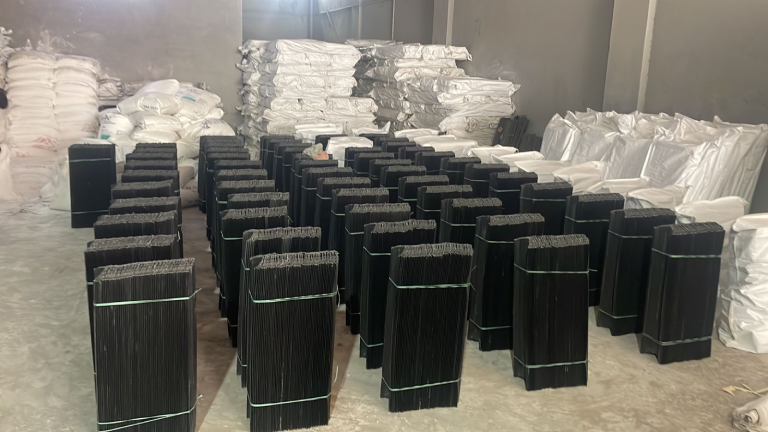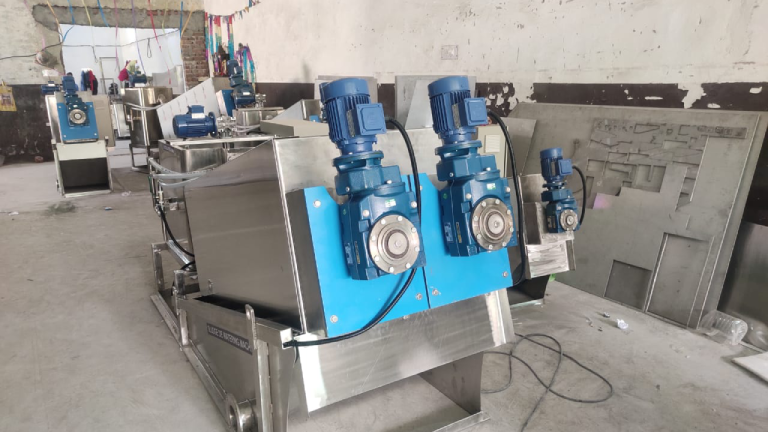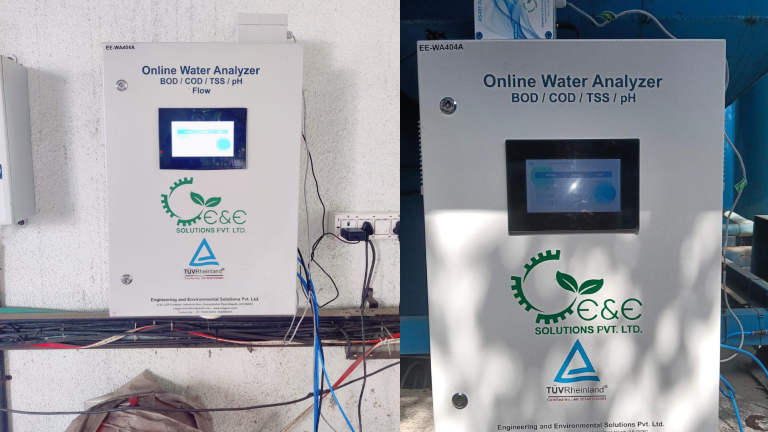Water Treatment Plant

Water Treatment Plant typically operates through several stages to ensure that the water is safe for drinking and other uses. Here’s a simplified overview of the process:
Coagulation and Flocculation: This is the first step where chemicals with a positive charge are added to the water. The positive charge of these chemicals neutralizes the negative charge of dirt and other dissolved particles in the water. Once the charge is neutralized, the particles bind with the chemicals and form larger particles, known as floc.
Sedimentation: During sedimentation, the floc, which is heavier than water, settles to the bottom of the water supply, due to gravity. This process allows the removal of the settled floc from the bottom of the tank.
Filtration: After sedimentation, the clear water on top will pass through filters of varying compositions (sand, gravel, and charcoal) and pore sizes, to remove dissolved particles, such as dust, parasites, bacteria, viruses, and chemicals.
Disinfection: After the water has been filtered, a disinfectant (like chlorine or chloramine) may be added in order to kill any remaining parasites, bacteria, viruses and to protect the water from germs when it is piped to homes and businesses.
pH Adjustment and Fluoridation: Adjusting the pH of the water makes it non-corrosive to ensure it does not corrode the water pipes. Fluoridation, where applicable, involves adding fluoride to the water to help reduce tooth decay.
Storage and Distribution: After treatment, the water is stored in a reservoir or tank before it is distributed through the water pipes to homes, schools, businesses, and other places.
Each of these steps is crucial to ensure that the water meets the safety standards set by local and international health guidelines before it reaches the consumer.




